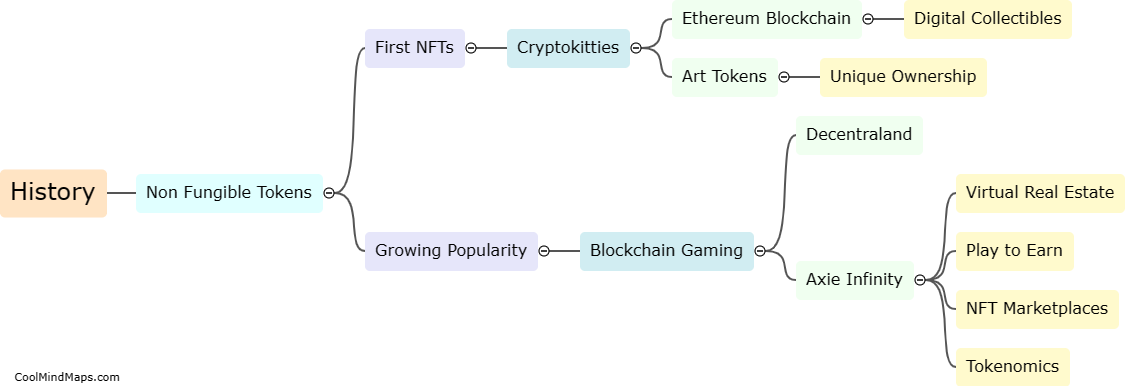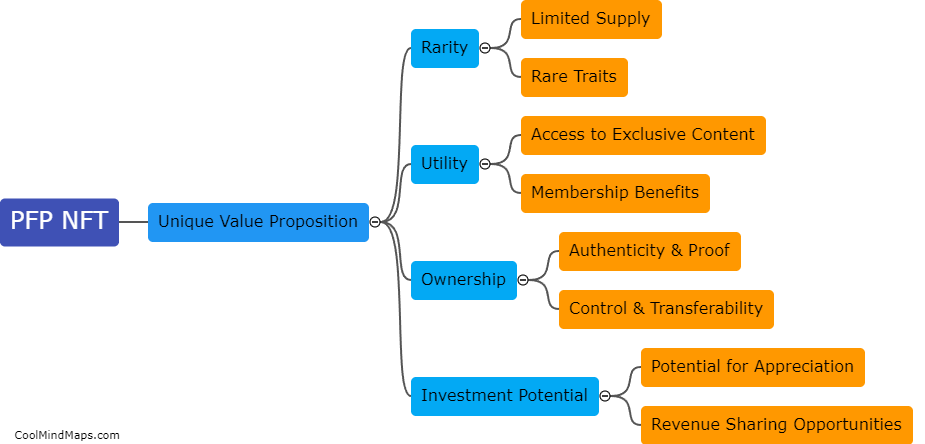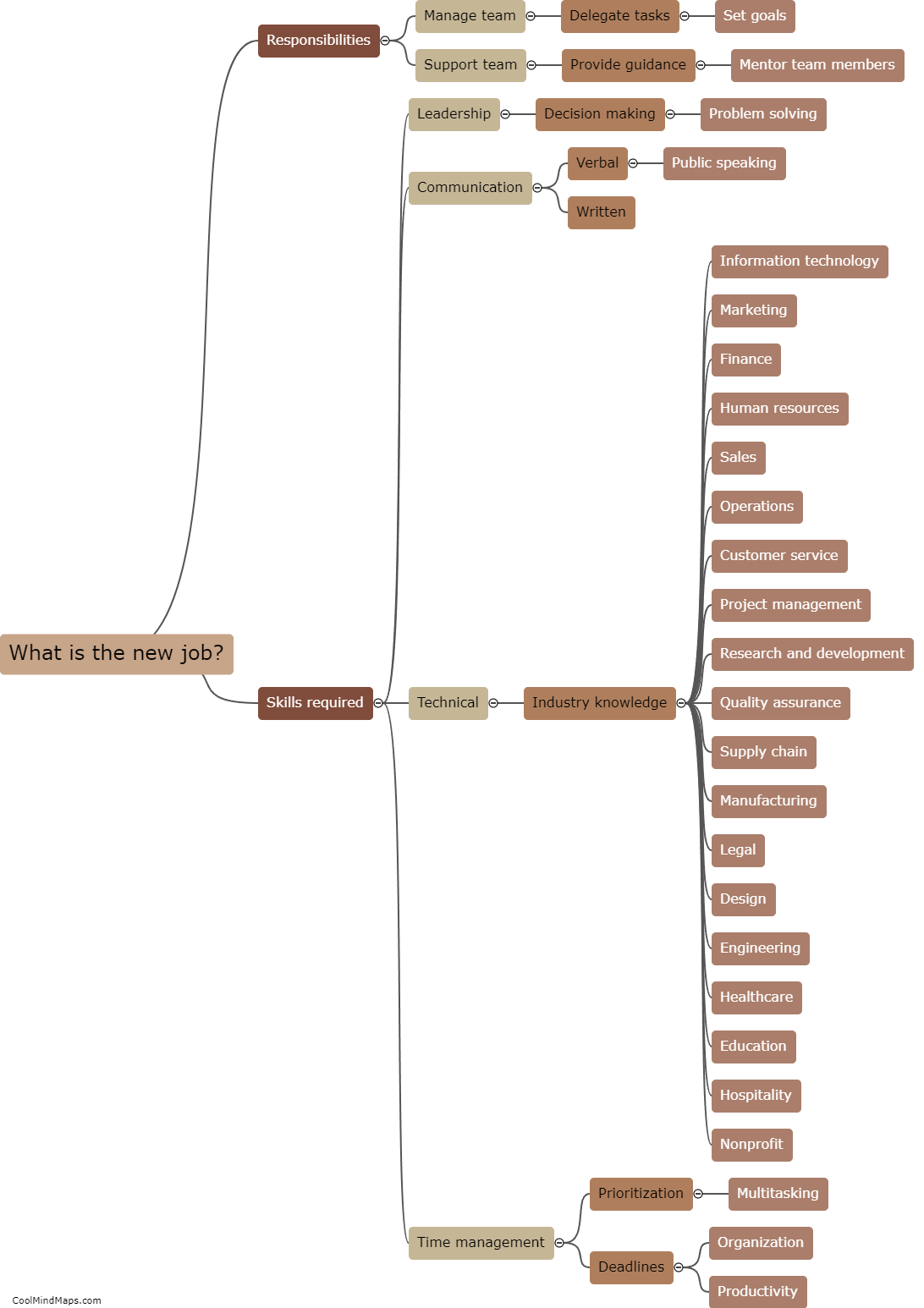What is the history of non fungible tokens?
Non-fungible tokens, often referred to as NFTs, have gained significant attention and popularity in recent years, but their history can be traced back to 2012. The beginnings of NFTs can be attributed to the creation of Colored Coins, a concept in which digital assets were represented by specific Bitcoin transactions. However, it wasn't until 2017 that the term NFT was coined by Kevin McCoy and Anil Dash, who introduced the idea of blockchain-based digital art. The most notable milestones in NFT history include the launch of platforms like Ethereum-based CryptoKitties in 2017, which showcased the potential for unique digital collectibles. In subsequent years, NFTs became increasingly prevalent in various domains such as art, gaming, and music. The momentous surge in interest and sales occurred in 2021, with high-profile NFT sales attracting mainstream attention and sparking debates on the value, sustainability, and future possibilities of non-fungible tokens.

This mind map was published on 18 September 2023 and has been viewed 145 times.











